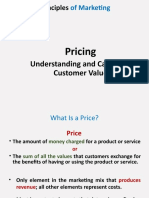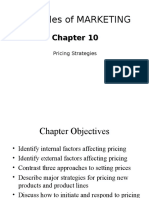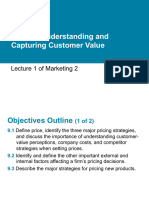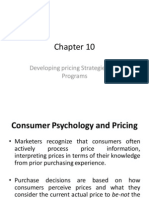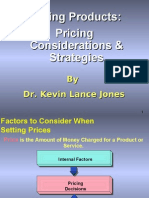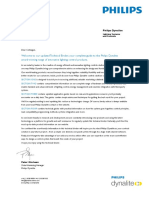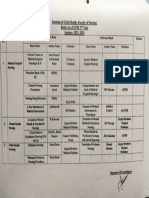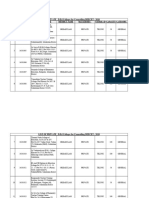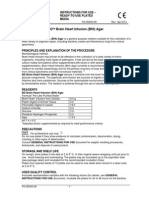0% found this document useful (0 votes)
28 views4 pagesChapter - 11 Notes
Chapter Eleven discusses pricing strategies, emphasizing the importance of understanding customer value perceptions and company costs. It outlines internal and external factors influencing pricing decisions, major pricing strategies for new and imitative products, and how companies can maximize profits through pricing adjustments. The chapter also examines case studies, such as Toys 'R' Us, and various pricing strategies including market skimming, penetration, and product mix pricing.
Uploaded by
rafidmahbub2004Copyright
© © All Rights Reserved
We take content rights seriously. If you suspect this is your content, claim it here.
Available Formats
Download as PDF, TXT or read online on Scribd
0% found this document useful (0 votes)
28 views4 pagesChapter - 11 Notes
Chapter Eleven discusses pricing strategies, emphasizing the importance of understanding customer value perceptions and company costs. It outlines internal and external factors influencing pricing decisions, major pricing strategies for new and imitative products, and how companies can maximize profits through pricing adjustments. The chapter also examines case studies, such as Toys 'R' Us, and various pricing strategies including market skimming, penetration, and product mix pricing.
Uploaded by
rafidmahbub2004Copyright
© © All Rights Reserved
We take content rights seriously. If you suspect this is your content, claim it here.
Available Formats
Download as PDF, TXT or read online on Scribd
/ 4
